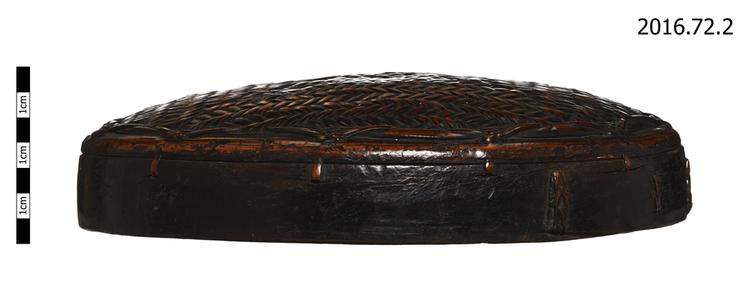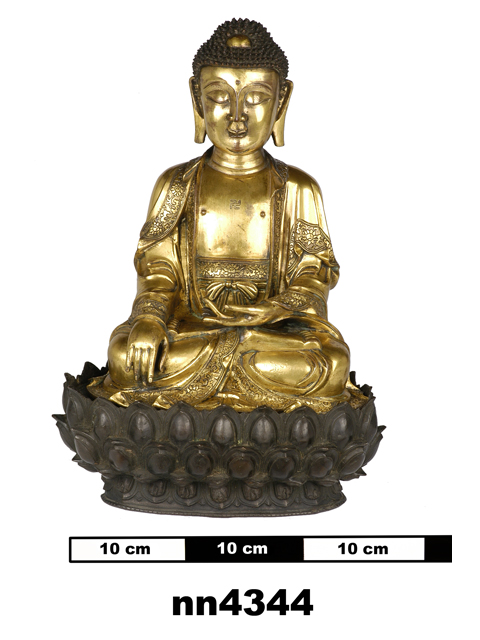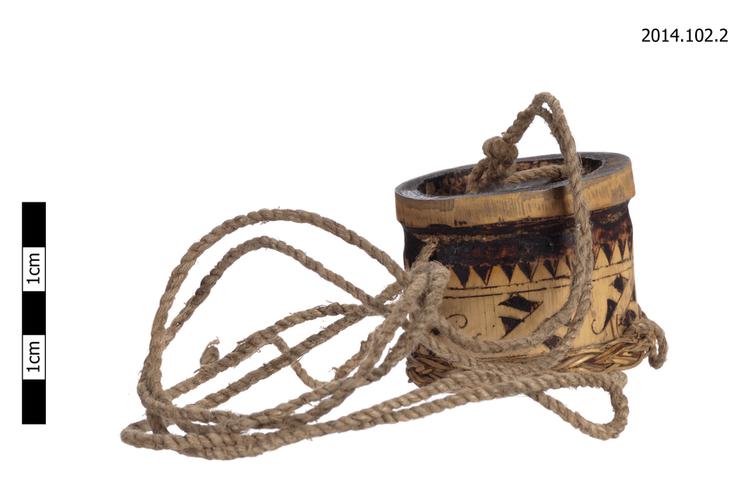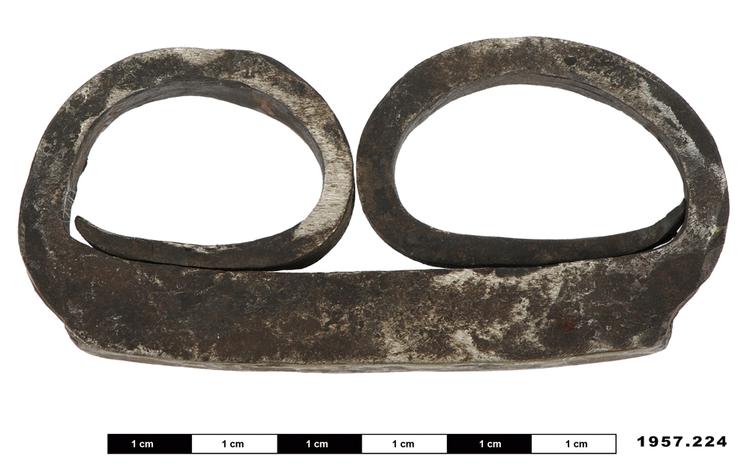


Cream, brown and black woolen hat with ear flaps. Designs of animals in two rows.
For wearing on the head with ear flaps to keep the ears warm.
How is it used?
The climate high in the Andes mountains of Peru is cold, with frequent snowfall and an average annual temperature below 0°C in the highest regions. The Chullo is used to keep the head and ears warm in these conditions.
Who is it used by and why them?
Traditionally the chullo was worn by the men of the Taquileño people in the Andes mountains of Peru. A farming people, often working in harsh conditions, the chullo is especially deigned to cover the whole head with ear flaps to keep the ears warm in winter.
Due to the hilly and mountainous nature of most of Peru, transporting food around the country is often difficult. Because of this, much food is grown locally and the men traditionally work the land. Any available land is farmed and rocks and stones are often moved a great distance and used to terrace the mountainsides to produce farming land. Many of the mountains on which food is grown are so steep that farm machines cannot be driven on them. In these places, farm work must be entirely done by hand. It is hard work to climb the hills and even harder work to harvest the food and carry it to where it will be sold or eaten. As the weather conditions are often harsh and the men spend long hours out of doors, the chullo is the perfect headwear.
The designs shown on the chullo are said to represent the ancient beliefs and customs of Andean history and culture. Certainly, the style and colouring of each hat traditionally denotes the owner’s official position in society and the ornamental pattern identifies his local community.
It is also sometimes possible to tell a man’s married status from his chullo. If it has a white part on its bottom, the man is traditionally unmarried. After getting married, men may choose to keep their original chullo or exchange it for a red coloured one which denotes ‘married’.
The chullo is often worn with a poncho - a simple garment designed to keep the body warm made from a single large sheet of fabric with an opening for the head and sometimes for the arms - and a ‘calendar’ waistband, which illustrates the annual cycles connected to ritual and agricultural activities.






